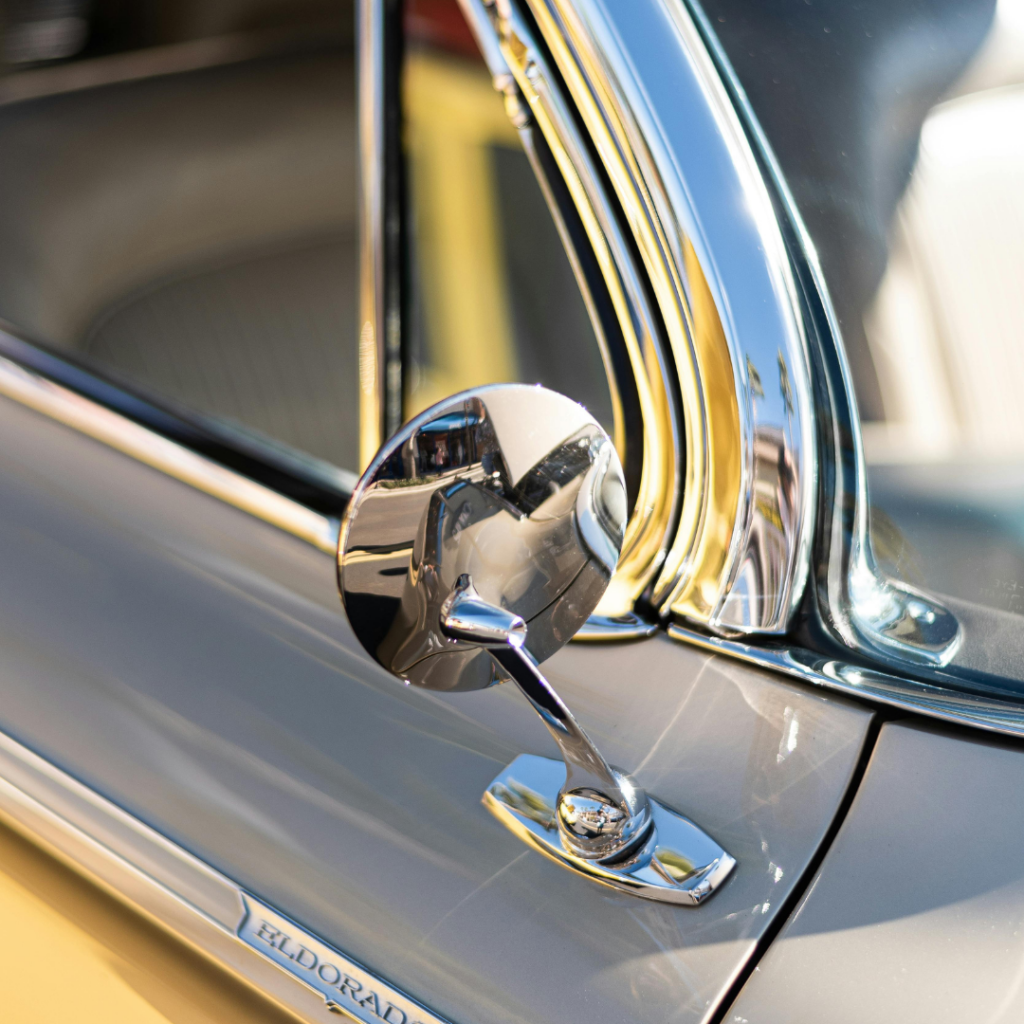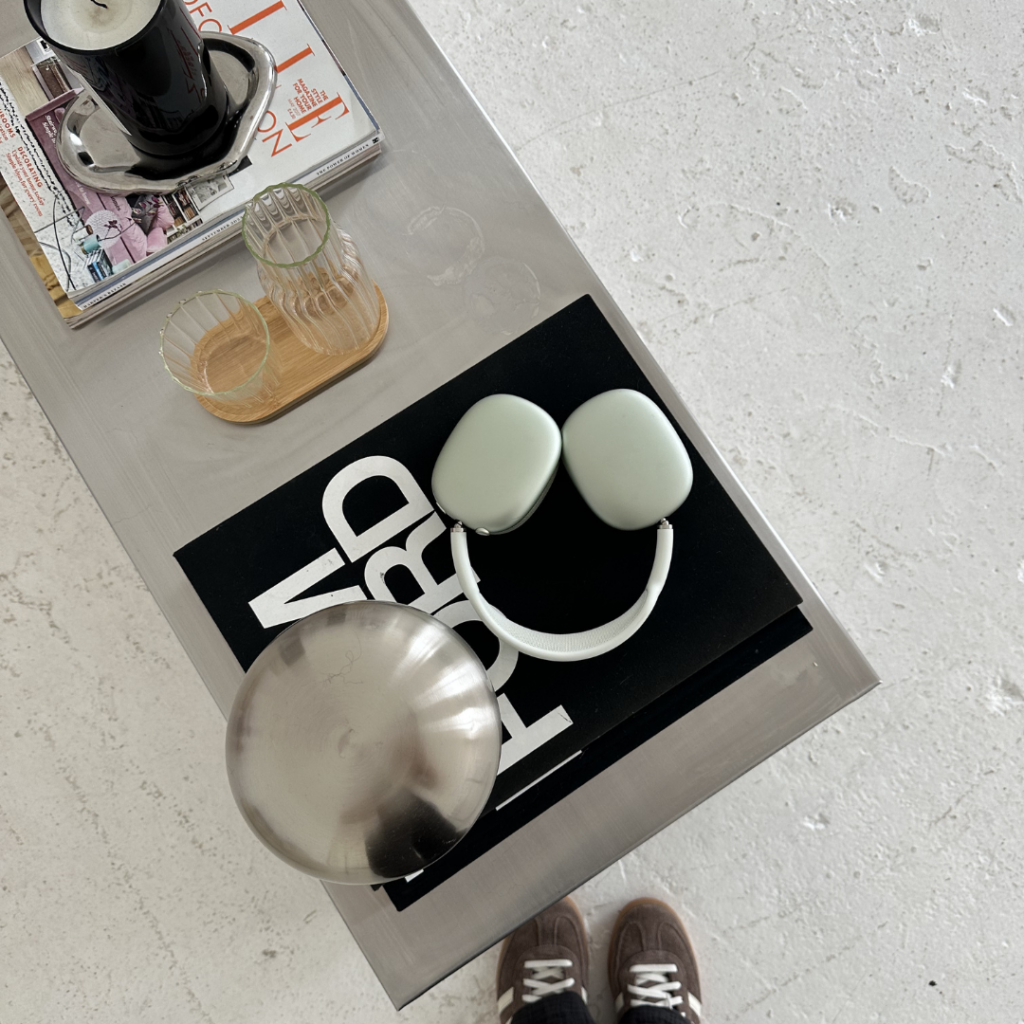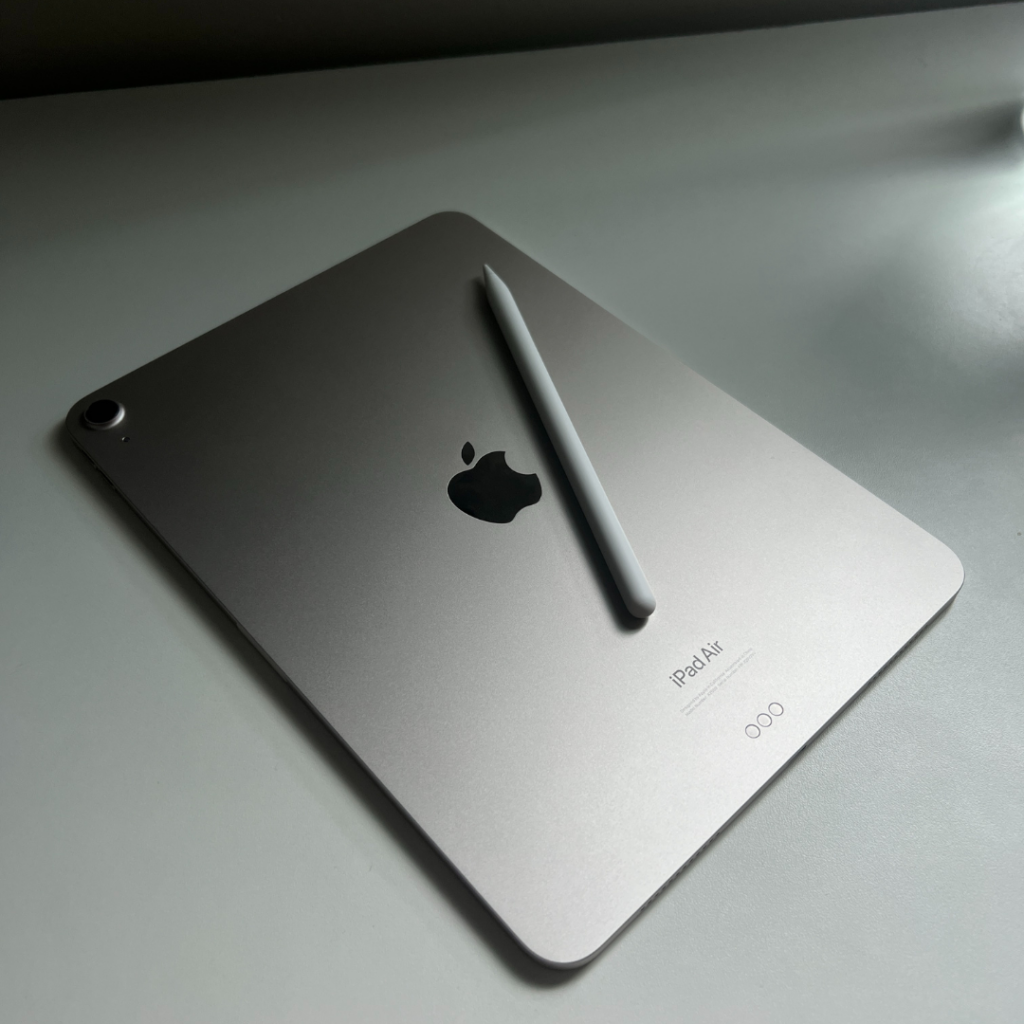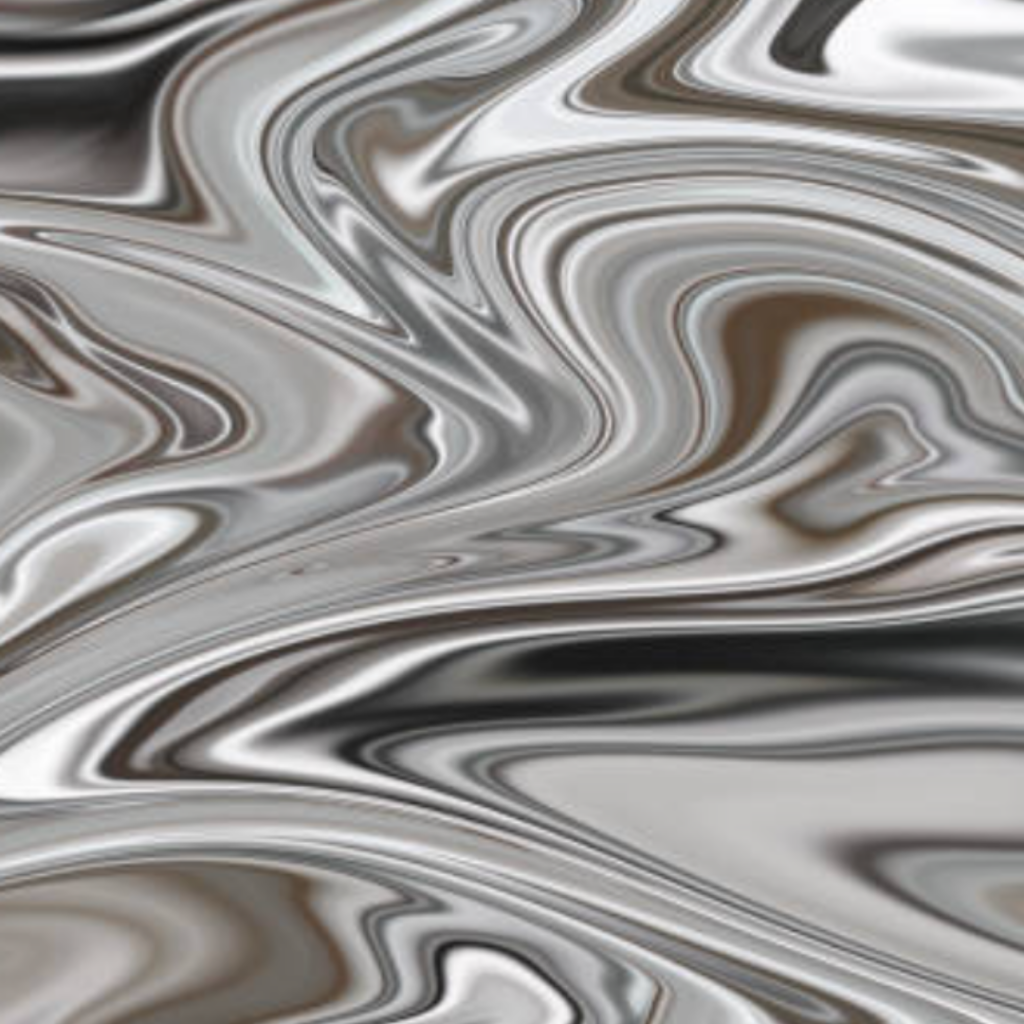Silver Color Psychology in Branding: Sleek Sophistication
Silver occupies a unique position in the color spectrum—not quite a color in the traditional sense but a metallic effect that captures and reflects light in distinctive ways. Its luminous quality and technological associations have allowed it to represent everything from cutting-edge innovation to timeless elegance to precise performance.
When strategically implemented, silver conveys technological advancement, refined modernity, and sophisticated precision. When misapplied, it risks appearing cold, impersonal, or excessively industrial. Mastering this reflective tone requires understanding its unique visual properties and the powerful technological and premium associations it has developed in contemporary culture.
Let’s explore silver’s distinctive psychological impact, its multifaceted historical significance, its remarkable versatility in applications, and determine whether this sophisticated metallic deserves prominence in your brand palette.
A Brief History of Silver
Silver’s cultural journey intertwines with the metal’s own fascinating history as both precious material and powerful symbol.
From ancient civilizations, silver held profound significance as both currency and status marker. The metal’s natural antimicrobial properties made silver vessels practical for storing food and water, while simultaneously serving as displays of wealth. As Kassia St. Clair notes in “The Secret Lives of Color,” silver’s linguistic connections run remarkably deep—the word “silver” shares Proto-Indo-European roots with words meaning “white” or “shining” across numerous languages.
The Roman Empire valued silver for both practical and symbolic purposes. The denarius silver coin became the standard currency of the realm, while prestigious families displayed their wealth through elaborate silver tableware and decorative items. This dual practical/prestigious nature established patterns that persist in contemporary brand applications.
Medieval European culture developed rich symbolism around silver. Alchemists associated silver with the moon and femininity (in contrast to gold’s solar, masculine qualities), while silver’s reflective properties led to metaphorical connections with truth and clarity. According to St. Clair, the tradition of silver mirrors created powerful cultural connections between silver and truth-telling—”seeing yourself as you truly are.”
Photography’s development in the 19th century introduced entirely new dimensions to silver’s cultural significance. The silver halide process made silver compounds essential to image creation, establishing connections between silver and captured moments. This technological application added modern scientific associations to silver’s already rich symbolic history.
The 20th century witnessed silver’s emergence as the defining aesthetic of technological advancement. From Art Deco’s embrace of machine-age materials to mid-century modernism’s celebration of aluminum and stainless steel, silver tones became visual shorthand for progress and innovation. This association deepened in the digital era, with consumer electronics embracing silver finishes to communicate cutting-edge capability.
Contemporary branding has synthesized these historical threads, employing silver to represent everything from technological precision (Apple) to automotive performance (Mercedes-Benz) to refined luxury (Georg Jensen). This remarkable versatility explains silver’s enduring prominence across premium and technology-oriented categories.
The Psychology of Silver
Silver creates a distinctive psychological impact—projecting technological sophistication, clean modernity, and precise performance. Its reflective quality suggests both literal reflection (thoughtfulness) and the ability to envision the future.
Silver evokes:
- Technological advancement – Suggesting innovation and cutting-edge solutions
- Precision and clarity – Conveying accuracy, attention to detail, and uncompromising standards
- Modern sophistication – Creating perceptions of contemporary refinement without ostentation
- Cool intelligence – Suggesting analytical thinking and rational decision-making
However, silver can also convey:
- Coldness or emotional distance when not balanced with humanizing elements
- Industrial or utilitarian impressions when not elevated by thoughtful application
- Sterility or clinical feelings if not warmed by complementary materials or colors
Psychology of Silver Finishes and Applications
Unlike conventional colors where hue variations create different impressions, silver’s psychological impact varies dramatically based on finish, texture, and application context.

Polished Silver
Highly reflective finish suggesting premium quality and flawless execution.
- Personality: Prestigious, perfect, reflective, attention-commanding
- Ideal for: Luxury goods, premium automotive, exclusive services, high-end retail
Brushed Silver
Subtly textured finish creating sophisticated technical impressions.
- Personality: Professional, technical, enduring, thoughtfully engineered
- Ideal for: Professional equipment, architectural applications, premium tools, tech products


Matte/Satin Silver
Non-reflective silver creating contemporary, understated impressions.
- Personality: Modern, approachable, quietly confident, design-focused
- Ideal for: Contemporary home goods, modern architecture, accessible premium brands
Liquid Silver
Dynamic silver suggesting transformation and fluid intelligence.
- Personality: Adaptive, innovative, boundary-breaking, visionary
- Ideal for: Transformative technologies, advanced materials, disruptive innovations

Silver as Primary vs. Accent Color
Silver as Dominant Element
Full commitment to technological sophistication and premium performance.
- Personality: Confidently advanced, technically superior, uncompromisingly modern
- Ideal for: Technology products, premium automotive, architectural firms, advanced materials
Silver as Accent
Strategic silver elements creating moments of sophistication and technological credibility.
- Personality: Thoughtfully modern, selectively premium, precisely detailed
- Ideal for: Financial services, professional services, healthcare innovation, premium consumer goods
Silver’s Strategic Advantage (and Potential Limitation)
Silver’s primary branding advantage lies in its ability to instantly elevate perceived quality and technological sophistication. In most categories, silver finishes create immediate premium positioning—establishing visual distinctiveness from mass-market competitors typically using more conventional colors.
This instant elevation provides brands opportunity to command price premiums through perceived value—creating powerful quality associations when consistently applied. Silver’s technological associations also transfer innovation credibility to brands employing it effectively.
However, silver’s distinctive character creates specific challenges. Its technical associations can sometimes create emotional distance, requiring careful balance with more engaging, human elements. Additionally, silver can be difficult to reproduce consistently across digital and printed applications, often requiring special production techniques for accurate representation.
What Types of Brands Should Use Silver?
Silver is perfect for brands that want to appear:
- Technologically advanced – Tech companies, innovation consultancies, digital platforms
- Precisely engineered – Automotive brands, professional equipment, performance products
- Sophisticatedly modern – Contemporary architecture, premium home goods, modern luxury
- Analytically intelligent – Financial services, data companies, professional instruments
But it may not suit your brand if:
- Warmth and emotional connection are primary brand attributes (without balancing elements)
- Natural, organic, or earth-friendly positioning defines your identity (silver appears manufactured)
- Playful spontaneity or creative unpredictability represent your core brand promise
Notable Brands That Use Silver (And Why It Works)
Apple
The technology company’s embrace of aluminum silver across product lines communicates precision engineering and sophisticated minimalism. Their consistent material approach creates immediate recognition while suggesting both premium quality and technological innovation—perfect alignment with their positioning.
Mercedes-Benz
The automotive brand’s iconic silver star and frequent use of silver in both branding and vehicles connects to both heritage (their famous “Silver Arrow” racing cars) and contemporary engineering excellence. This thoughtful application creates connections between historical prestige and modern performance.
American Express
The financial services company’s “Platinum” and “Centurion” cards leverage silver and dark metallic tones to communicate exclusive prestige and analytical intelligence. This strategic metallization creates immediate status recognition while reinforcing the cards’ position as sophisticated financial tools.
Sony
The electronics company has consistently used silver across product lines to communicate technological innovation and precision engineering. This signature approach helps unify diverse product categories while consistently reinforcing their technical credibility and performance promise.
Georg Jensen
The Danish silversmith brand embraces its material heritage through consistently modern silver designs. This authentic connection between material, history, and contemporary design creates powerful brand coherence while projecting sophisticated modernity rather than old-fashioned luxury.
Should Your Brand Use Silver?
If your brand seeks to convey technological sophistication, precise performance, or contemporary premium quality, silver offers powerful psychological reinforcement. Its exceptional ability to elevate perceived value provides opportunity for premium positioning in categories where competitors rely on more conventional color approaches.
The decision to adopt silver should emerge from authentic brand capabilities rather than aspiration alone. Consider your specific product reality, competitive landscape, and target audience expectations. While silver enjoys broad acceptance in premium and technological contexts, it creates promises of quality and performance that must be fulfilled by the actual customer experience.
Making Silver Work For Your Brand
Implementing silver effectively requires precision and strategic intention. Consider these approaches for maximizing silver’s impact:
- Choose your silver finish precisely – The specific silver treatment dramatically impacts perception. High-polish creates prestigious luxury while brushed finishes suggest engineered performance.
- Consider material authenticity – True metallic surfaces create different impressions than metallic printing or digital representation. Each approach has valid applications, but consistency in execution builds credibility.
- Develop complementary colors thoughtfully – Silver pairs dramatically differently with various companions. Silver with black creates technical sophistication while silver with navy suggests traditional premium quality.
- Balance with humanizing elements – Silver’s technical character benefits from thoughtful balance with more approachable, organic elements to prevent cold or distant impressions.
When applied with strategic intention and meticulous execution, silver creates a sophisticated foundation for brands seeking to communicate technological advancement, precision performance, and contemporary premium quality—attributes that create powerful differentiation and perceived value. Want to know what other colors communicate, check out the color psychology overview blog post here.

instagram links page
Your Instagram bio page is prime real estate. So hit the backspace on that Linktree, and let's give your audience a memorable place to land (and stick around).